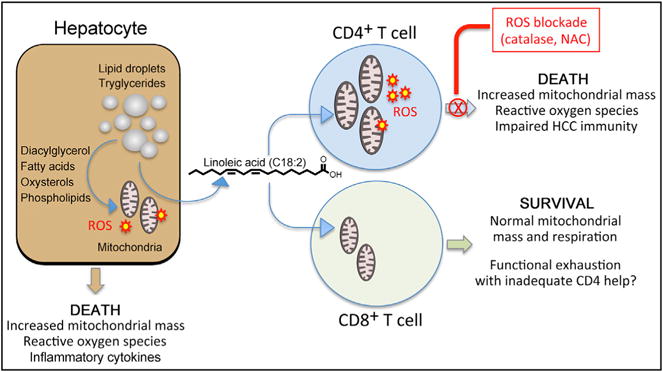Figure 1. A Model of the Toxic Interaction between Hepatocytes and Intrahepatic T Lymphocytes in NAFLD.

The hepatocyte. A key characteristic of NASH is accumulation of cytotoxic fatty acid metabolites in hepatocytes. Lipotoxicity results in death of hepatocytes, in part through induction of reactive oxygen species (ROS) that act on mitochondria to increase their mass and depolarize membranes.
CD4+ T cells. Linoleic acid, a polyunsaturated fatty acid consisting of an 18 carbon chain with two double bonds (C18:2), is taken up by CD4+ helper T cells after release from steatotic hepatocytes, resulting in the induction of ROS, oxidative stress, mitochondrial dysfunction, and death by apoptosis. Other hepatocyte-derived fatty acids, including palmitic (C16:0), steric (C18:0), and arachidonic (C20:4) acids, did not have a similar cytotoxic effect.
CD8+ T cells. Uptake of linoleic acid by CD8+ T cells has no impact on mitochondrial function. Why linoleic acid causes selective CD4+ T cell death is a key unresolved question. Unlike most mechanisms of T cell silencing in the liver, lipotoxicity lacks apparent antigen specificity, resulting in the potential for a much broader impact on liver immune function. Functional exhaustion of tumor-specific CD8+ T cells is common in patients with HCC. Whether apoptotic death of CD4+ T cells contributes to loss of CD8+ T cell function by restricting helper activity is as yet unknown. The possibility that ROS blockade can restore immune function in HCC, or enhance the effectiveness of T cell immunotherapy, represents an important future direction.
